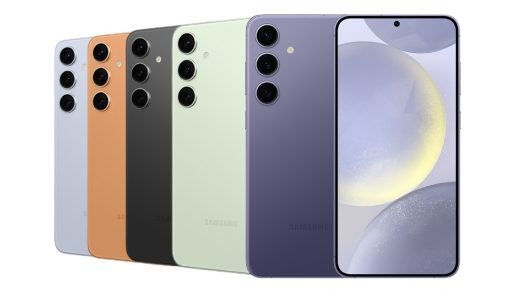
Apple finally unveiled the augmented reality headset we’ve been expecting for years, and there were plenty more announcements about hardware and software at one of the most packed WWDC keynotes in recent memory. While this is typically a developer-centric event, Apple does often unveil new hardware so that it can begin giving software creators the tools they need to come up with new apps, games, services and integrations to take advantage of them. The new visionOS operating system will open up huge new avenues for immersive experiences on what Apple calls its new “spatial computer”. The company also referred to this headset as “the world’s most advanced personal electronics device ever”, with its variety of densely packed sensors, custom silicon, and specially designed display elements. Here’s everything you need to know about all the new Apple devices and platforms:
Apple Vision Pro
The Apple Vision Pro headset is officially priced at $3,499 (approximately Rs. 2,88,700 before taxes and duties) which is actually quite reasonable, considering a 16-inch MacBook Pro with high-end custom options would cost the same. This wearable headset features a curved aluminium and glass body containing a custom Apple R1 processor along with an M2 chip, two ultra-high resolution micro-OLED displays plus 12 cameras, five other sensors, six microphones, and spatial audio pods for each ear. It can be used tethered or with a wired pocketable battery pack, which should let it run for two hours.
No launch date has been announced, but Apple has said the Vision Pro headset will come to the US first, early next year. That gives developers plenty of time to get their apps and experiences ready. Disney content, including experiences from Marvel and Star Wars franchises, will be available on day one. Existing iPhone and iPad apps will also run. Over 100 Apple Arcade games will also be available.
Using the Vision Pro headset, users can run apps in virtual spaces around them. Video can play on a 100-foot virtual display, and users can choose their level of immersion using a rotating Digital Crown. A virtual persona can be displayed on the face of the headset, so people around you can still make eye contact and you aren’t separated from your environment. Ultra-low-latency input allows users to react to people and things around them without lag.
15-inch MacBook Air
This heavily rumoured product will appeal to anyone who wants a bigger screen to work with. Apple’s popular entry-level laptop is now available with a 15-inch display for the first time. It’s still thin and light, and still fanless. Based on the same M2 processor as its popular 13-inch sibling, you’ll be able to run all today’s apps. You get two Thunderbolt ports, MagSafe for charging, and a backlit keyboard. Prices start at Rs. 1,34,900 in India with 8GB of RAM and 256GB of storage. You can go up to 24GB or RAM and 2TB of storage, but that will cost a lot more. Pre-orders are already open and you can buy the 15-inch MacBook Air starting June 13 in India. Interestingly, the 13-inch model has received a small Rs. 5,000 price cut.
Mac Studio and Mac Pro
Apple has updated the Mac Studio with the M2 Max and M2 Ultra SoC options, starting at Rs. 2,09,900 and Rs. 4,19,900 respectively in India. Apple promises far better performance in heavy workloads especially 3D content rendering. The design and other specifications are the same as before.
While that might be powerful enough for most, some extreme pro users will want to check out the new Mac Pro, which only comes with the M2 Ultra SoC. Prices start at Rs. 7,29,900. This is the only Mac that gives you the option of PCIe expansion, for professional audio, video and networking hardware. It uses the same design as the previous Mac Pro and is available in tower and rack-mount bodies. Yes, the optional wheels still cost Rs. 69,900.
iOS 17, iPadOS 17, macOS Sonoma
Apple’s annual operating system refreshes bring a lot of new customisation features, but nothing revolutionary. iPhones will get new caller posters, with an image and typography of each contact’s choice. When turned horizontally while charging, a new display option turns your phone into a clock and widget hub – this will work best with an always-on display and a MagSafe stand. The keyboard gets better autocorrect. iOS 17 is coming to the iPhone XR and newer phones as a free update later this year.
iPads will get widgets on the lockscreen and a new Health app that takes advantage of all the screen space. The Messages app has been overhauled with a new UI for apps, better search, and more inline tools. Airdrop gets more convenient for sharing contacts – just bring two iPhones or Apple Watches close to each other. PDFs can be embedded in the Notes app for easy reference. Recent iPads will get this update for free.
MacOS Sonoma also gets interactive widgets, but now on the desktop. Safari has even better privacy controls letting you lock down private tabs and create multiple profiles, plus you can pin any website and use it as a Web App. Game Mode will optimise performance and input latency for games, while video conferencing apps can use new overlays so you can present your content better. Check Apple’s website to see if your Mac is supported. Most models from 2019 onwards should be fine, and some even older than that.


